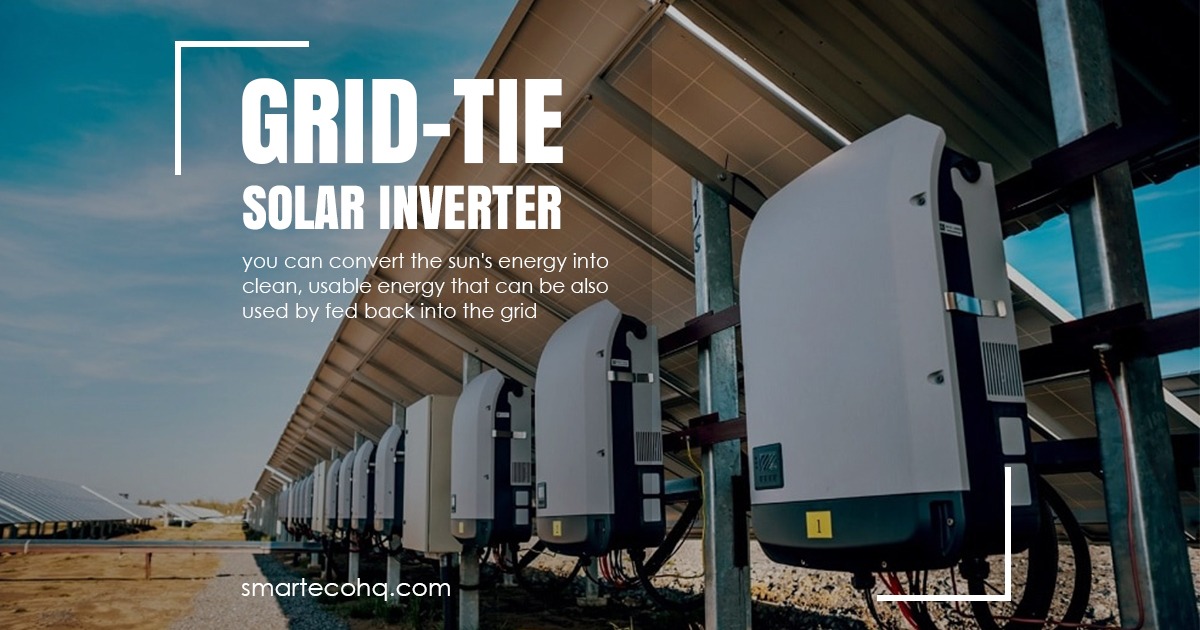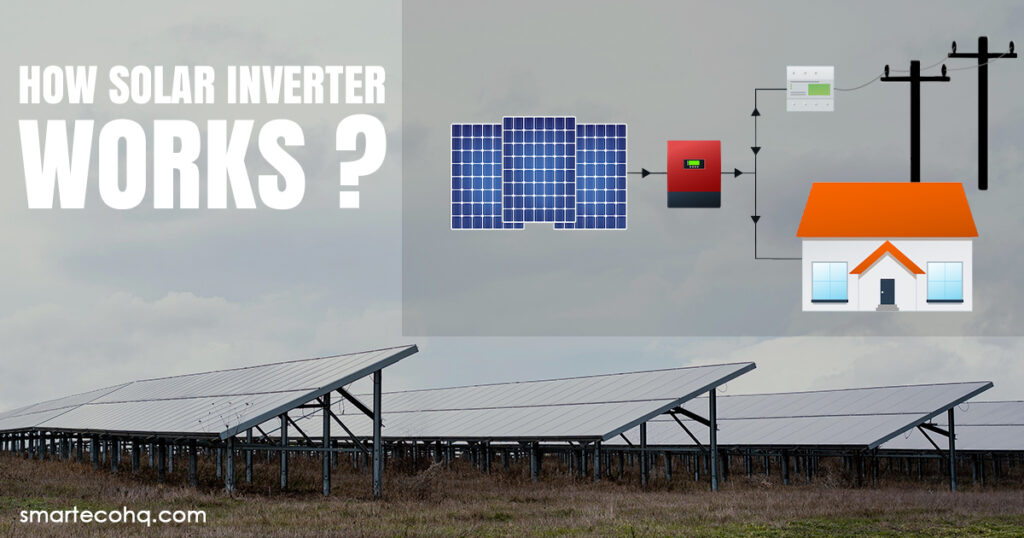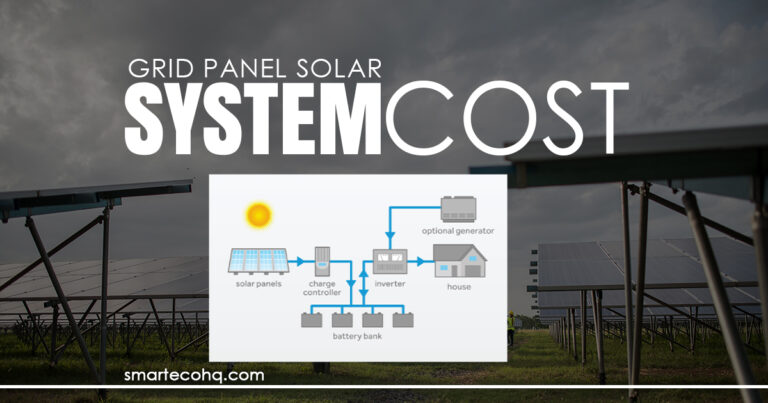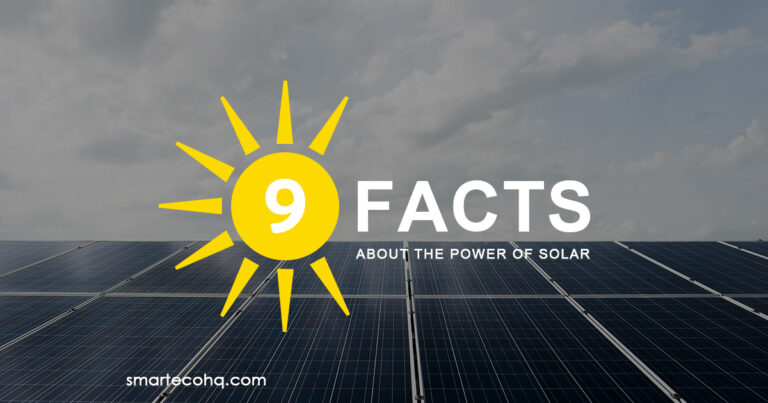Grid-Tie Solar Inverters

What are Grid-Tie Solar Inverters?
| We will discuss these points in this blog: 1. What are Grid-tied Solar Inverters? 2. Types of Grid-tie inverters 3. How do grid-tie inverters work? The advantages and disadvantages of grid-tied solar power systems |
A Grid-Tie solar Inverter transforms direct current (DC) generated by solar panels into alternating current (AC) electricity that may be utilized to power your house or company and is linked to the utility grid. When your solar panels produce more electricity than your energy consumption, the excess energy is fed back into the grid.
Grid-tie inverters provide access to solar-generated electricity. Grid-tied solar inverters are an important part of grid-tied solar systems.
| Power Grid: power grid or electrical grid transmission and distribution system delivers electricity from power plants to consumers. The power grid consists of many interconnected components such as transformers,power generators, and distribution lines, all of which work together to provide sustainable and high-efficiency electricity. Power grids are responsible for providing electricity to homes. Grid-tied solar inverters are integrated into the power system to optimize energy generation and distribution. Power grids always make sure that there is enough electricity for consumers, they also maintain all the power systems. |
Types Of Grid-Tied Solar Inverters:
Grid tied Solar Inverters are divided into two types according to their structure, working capability, and efficiency. These are explained below:
Micro Inverter:
Micro-Inverters are small inverters designed to be installed in each solar panel in a solar energy system. With micro-inverters, each solar panel has its own inverter, allowing for greater flexibility in power system installation.
It increases the efficiency of solar panels because every inverter has an individual inverter, so the system can easily handle all the issues like shading. A micro-inverter can produce more energy than inverters that manage all the solar panels on the same unit.
If any problem occurs in a particular panel, it will be identified and solved quickly because of the individual inverters. One thing to be noted is that microinverters are more expensive than other traditional inverters and also require more complex installation.
String Inverter (Central Inverter):
String Inverters are commonly used in residential and commercial solar power systems. A String Inverter is designed to handle string wires that are connected together in series.
It is also called a central inverter because it is a single unit that is installed at a central location, typically near the solar panels, and it converts the DC (direct current) electricity produced by the solar panels into AC (alternating current) electricity that can be used to power the home appliances. String inverters are less expensive than other inverters.
Hybrid inverter
A hybrid inverter is a versatile device used in renewable energy systems like solar and battery setups. It combines the functions of grid-tie and off-grid inverters, making it efficient and dynamic in managing energy.
Firstly, it converts solar-generated DC electricity into AC electricity for use in homes or businesses, seamlessly integrating solar energy into the power grid. Secondly, it can charge and discharge batteries, storing excess solar energy for later use during low production or power outages. The hybrid inverter works in grid-tied mode to send extra energy to the grid, off-grid mode to work on its own, and hybrid mode to make the best use of solar, batteries, and the grid in real time. This smart management gives users the power to use less energy from the grid and get as much clean energy from themselves as possible. This helps create a sustainable and resilient energy future.
How do Grid-tied Solar Inverters work?
A solar inverter converts the direct current (DC) power produced by solar panels into alternating current (AC), which can then be used to power appliances in your home or business.

There are some basic steps, or Grid-tied solar inverter working principles, to understanding how solar inverters work:
- Solar panels generate direct-current electricity from sunlight.
- The DC electricity is directly sent to the solar inverters.
- The solar inverter converts it into AC electricity.
- The AC electricity generated by the inverter is synchronized with the utility grid’s frequency and voltage.
- Electricity that is generated but not used is sent back to the grid or stored in the battery so it can be used later.
The Advantages and Disadvantages of Grid-Tied Solar Power Systems
Certainly! The following table summarizes the advantages and disadvantages of grid-tied solar inverters:
| Pros of Grid-Tie Solar Inverters | Cons of Grid-Tie Solar Inverters |
| Cost Savings: Lower your electric bill. | Grid reliance: No power during grid failure or maintenance. |
| Environmental Advantages: Green and long-term | Initial Investment: A large initial investment is required. |
| Grid Assistance: Contribute excess power to the grid. | Variable output: Depending on sunlight |
| Earn credits for extra energy with net metering. | No backup power: There is no electricity during outages. |
Overall, the grid-tied solar inverter is the main part of the Solar Power System. These inverters ensure that the electricity generated for the home is never overloaded. It helps you save your electricity for later use.
Grid tie Solar inverters always protect your system from electrical faults and ensure that the electricity generated is compatible with the electrical grid. A solar panel inverter is the best investment for itself in the long term.
FAQ,S
1. How do you size a grid-tied solar inverter?
To size a grid-tied solar inverter, multiply its capacity by the total power output of the solar panels in the array.
2. Which type of inverter do we use in a grid-tied solar system?
In a grid-tied solar system, we use a type of inverter known as a “grid-tie solar inverter.”
3. Can you have batteries for grid-tied solar systems?
Yes, grid-tied solar systems can include batteries for energy storage.


